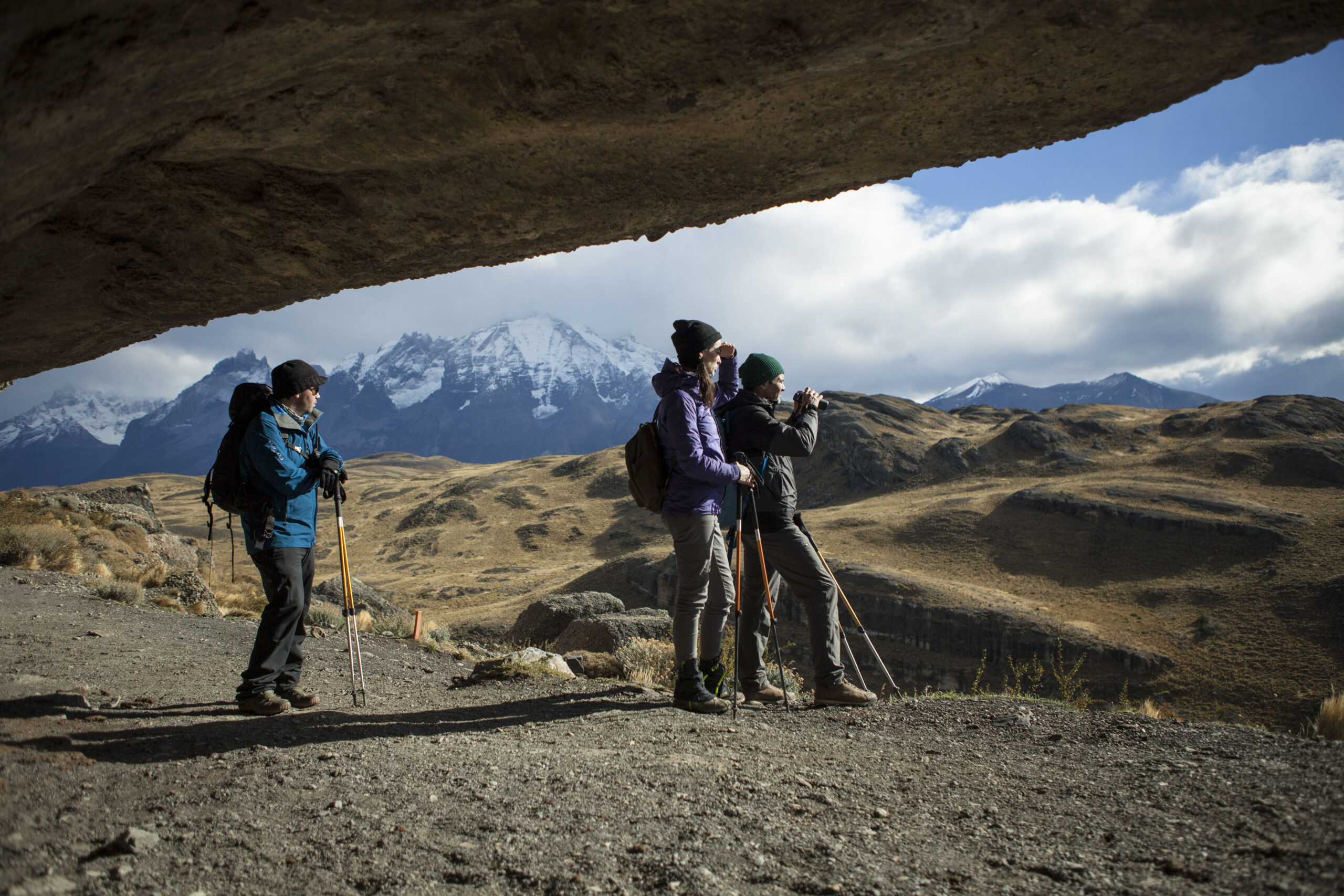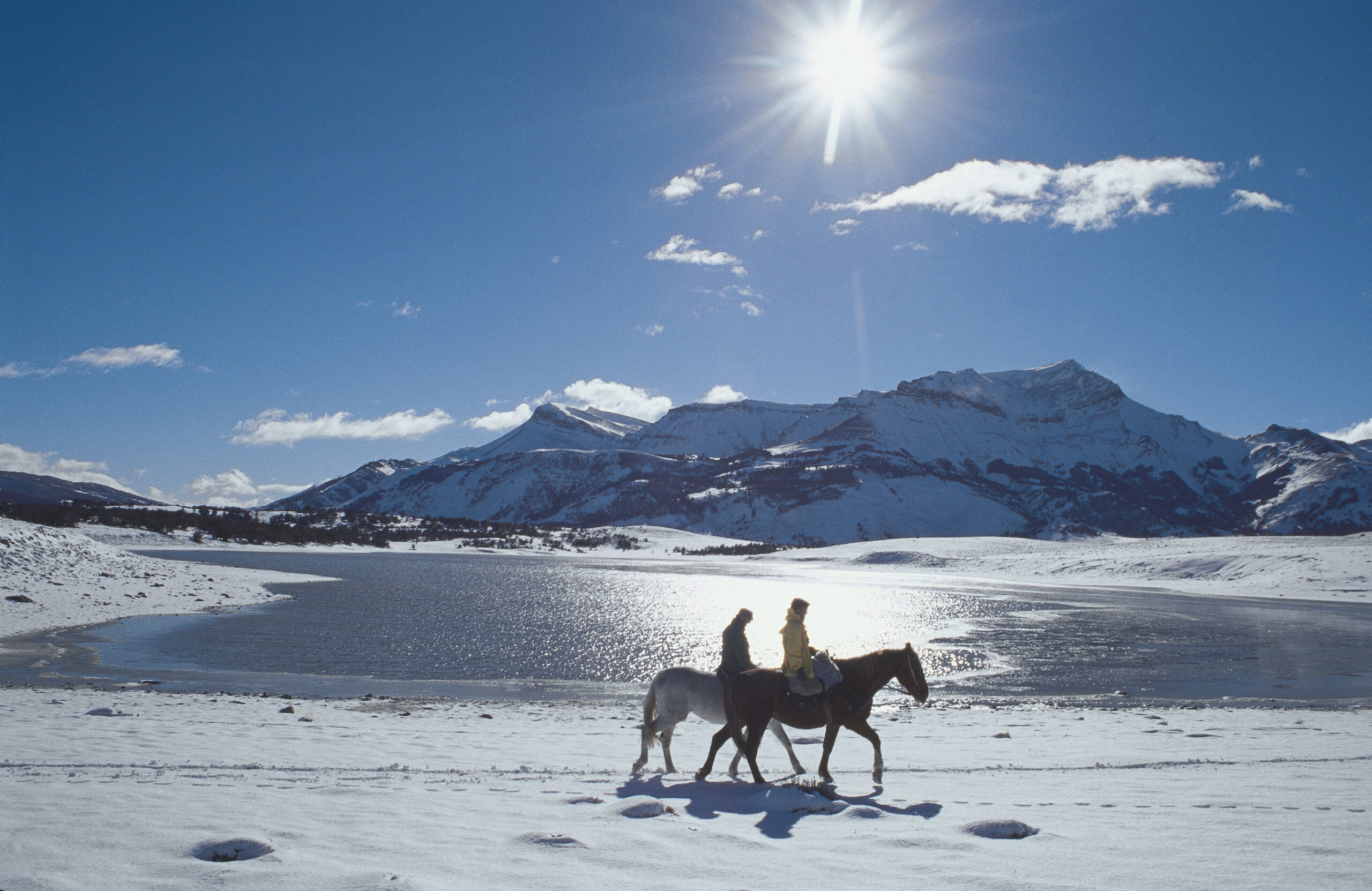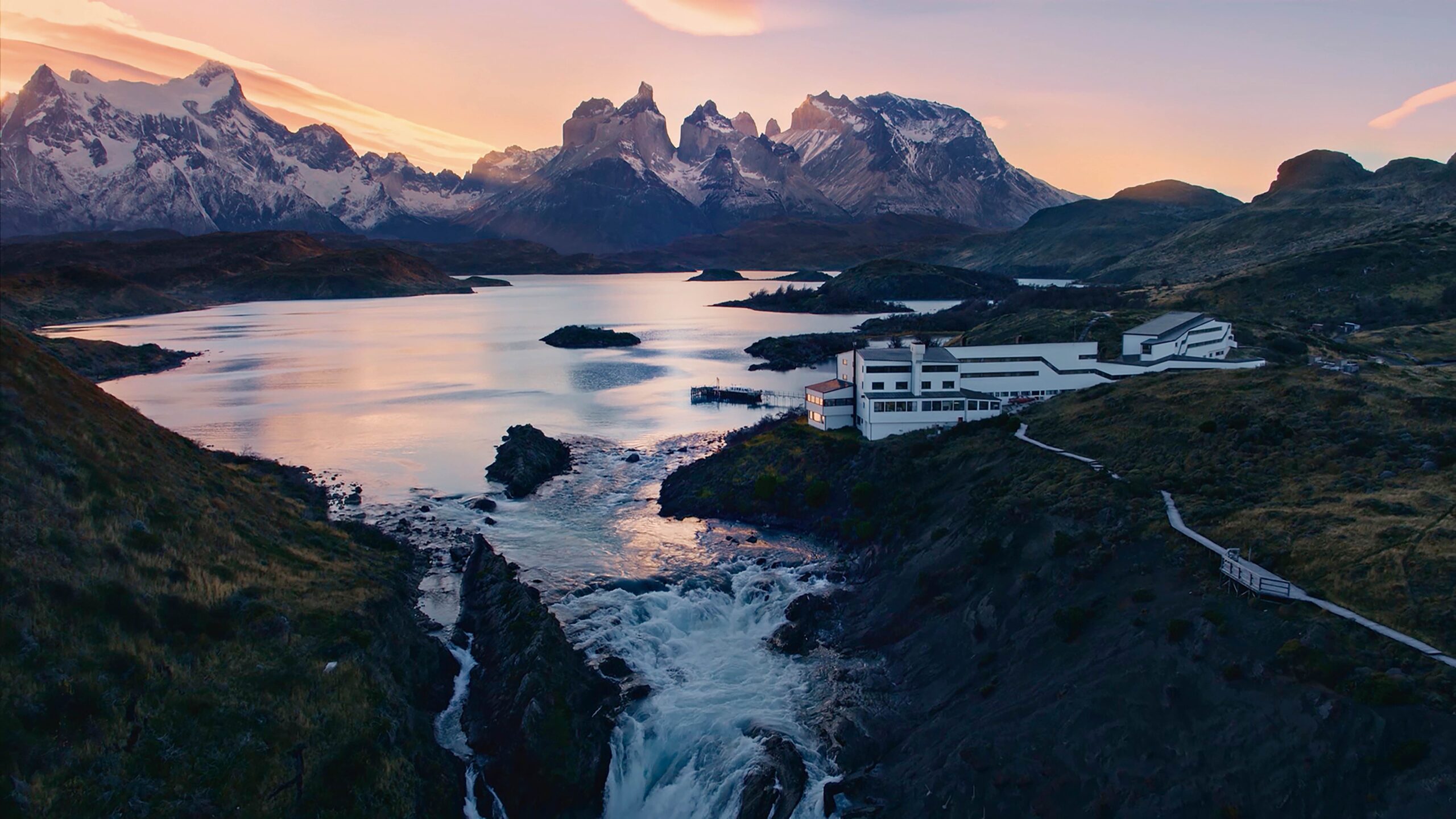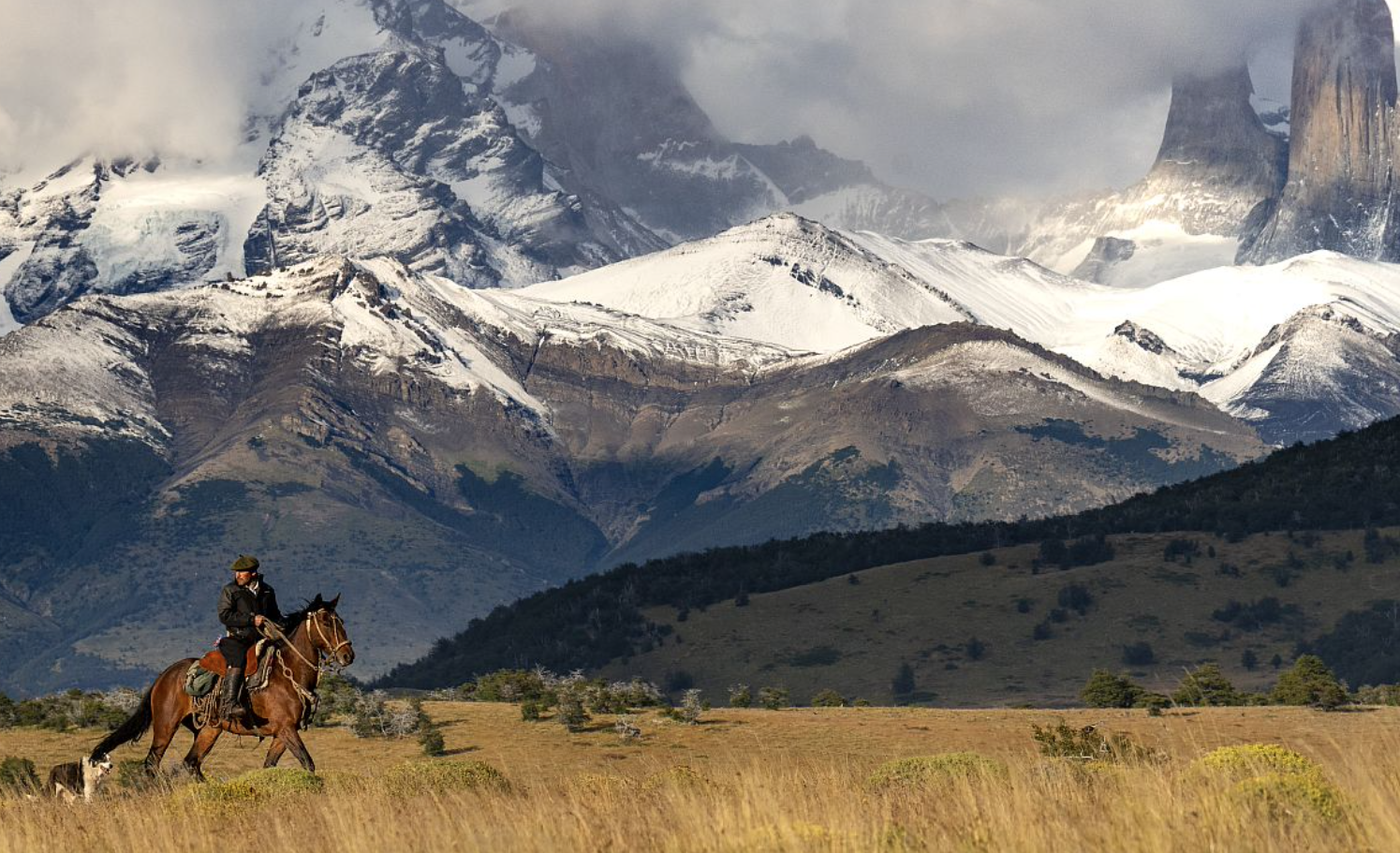Torres del Paine in Winter? Absolutely! Here is Why.
Inspired by Ladera Sur
If up until now you’ve never considered visiting Torres del Paine during winter, let us tell you what you’ve been missing. The seasons of Patagonia are reversed from the northern hemisphere, with the height of summer being December through February and Winter being June through mid-September. The weather and temps vary and are equally unpredictable any time of year.
Torres del Paine National Park is halfway between the Pacific and the Atlantic, 150 miles from either coast and the park benefits from low rainfall throughout the year. A microclimate generating pleasant temperatures in both winter and summer, and even during rainy months, precipitation rarely measures more than 80 mm (3.1 inches).
Here are 5 reasons which make the winter months an excellent season to visit the Torres del Paine National Park.

1. Weather
The wind is less intense, and there are many days when you don’t even feel it. In addition, rainfall levels are low, and most likely, there will be snow, so you can keep on with your activities and not end up soaking wet.
Although it is cold (maximum of 5ºC/ 41°F and minimum of -7ºC/ 19,4°F), it’s nothing you can’t stand if you wear appropriate waterproof gear or warm clothing to protect you from water, wind, and cold.

2. Landscapes for your eyes only
Forget about the 250,000 tourists who visit Torres del Paine National Park in summer. In winter, you can experience this stunning National Park at your own pace with no one around except for isolated adventurers. Imagine an entire National Park just for you!
You should, however, keep in mind that not all the park trails will be open. The W and O circuits are closed to the general public during the winter unless you travel with an expert guide. If you stay at Explora, you don’t need to worry since all explorations are led by a guide trained in our own Guide School.
If you’re not a winter trekking fan, you might prefer to horseback ride or tour the park on its roads, enjoying superb views of landscapes and beautiful skies typical of this season.

3. Wild Encounters
Silence, reduced human activity, and the weather –which forces many species to come down from mountainous areas in search of food– means an excellent chance to spot local fauna, including huemul deer, woodpeckers, foxes, cougars, and guanacos which often wander around as if they owned the place.

4. Lower Rates
Winter is the low season in Patagonia, so get ready to take advantage of savings compared with the high season. Less visitors will allow you to enjoy an even more exclusive experience.

5. Excellent Photography Opportunities
If you are a photography enthusiast, this is the perfect season to experiment. You will have a different view of this highly photogenic destination now capped with snow. Dawn takes place later, and you won’t need to get up early to capture those amazing lights at sunrise. And speaking about lights, in this season, light reaches the Paine massif horizontally, covering that famous mountain chain in an exceptional glow.